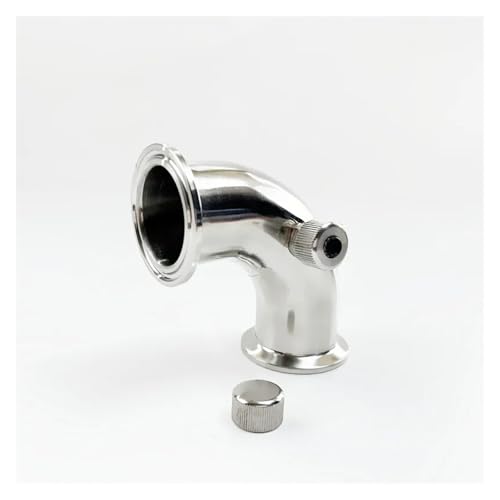disgruntledgoat
Active Member
Hi guys, 1st post so unsure if it's int eh right place or not.
I currently have a strong, Trappist style, Belgian dark ale in prmary fermentation, it looks to be turning into a monster... I plan to secondary it for 2 or 3 weeks when the fermentation finishes and then, and heres the rub, referment it in the bottle, just like the pros.
Now, I'm confident I can follow the process, i've read Brew Like a Monk and a couple of great articles online, but nobody seems to be able to tell me how much yeast to use... BLAM said the Trappist breweries use about 1m cells per 500ml, so with my 23l batch this would give me a cool 56m cells. So how do I know how much that is? I used Wyeast 1762 in a smackpack at the outset and just mixed the lot into a 2l starter and pitched at 22c, however, I'm sure I don't want that much yeast again, so do I split one down, into what sort of quantity?
Secondly, can I use yeast I've harvested out of primary for the task? And if so, again, how much?
The beer had on OG of 1.080 and at last check, after 3 days of fermentation was down to about 1.018. It has been fermenting between 22c and 30c if that's any help!
Thanks in advance!
I currently have a strong, Trappist style, Belgian dark ale in prmary fermentation, it looks to be turning into a monster... I plan to secondary it for 2 or 3 weeks when the fermentation finishes and then, and heres the rub, referment it in the bottle, just like the pros.
Now, I'm confident I can follow the process, i've read Brew Like a Monk and a couple of great articles online, but nobody seems to be able to tell me how much yeast to use... BLAM said the Trappist breweries use about 1m cells per 500ml, so with my 23l batch this would give me a cool 56m cells. So how do I know how much that is? I used Wyeast 1762 in a smackpack at the outset and just mixed the lot into a 2l starter and pitched at 22c, however, I'm sure I don't want that much yeast again, so do I split one down, into what sort of quantity?
Secondly, can I use yeast I've harvested out of primary for the task? And if so, again, how much?
The beer had on OG of 1.080 and at last check, after 3 days of fermentation was down to about 1.018. It has been fermenting between 22c and 30c if that's any help!
Thanks in advance!










![BREWING THERMOMETER STICKERS ACCURATELY MONITOR FERMENTING BEER & WINE LIQUID TEMPERATURES 5PCS HOME BREW SPIRITS WINE LCD ADHESIVE [US]](https://m.media-amazon.com/images/I/311DDjo2X3L._SL500_.jpg)
































